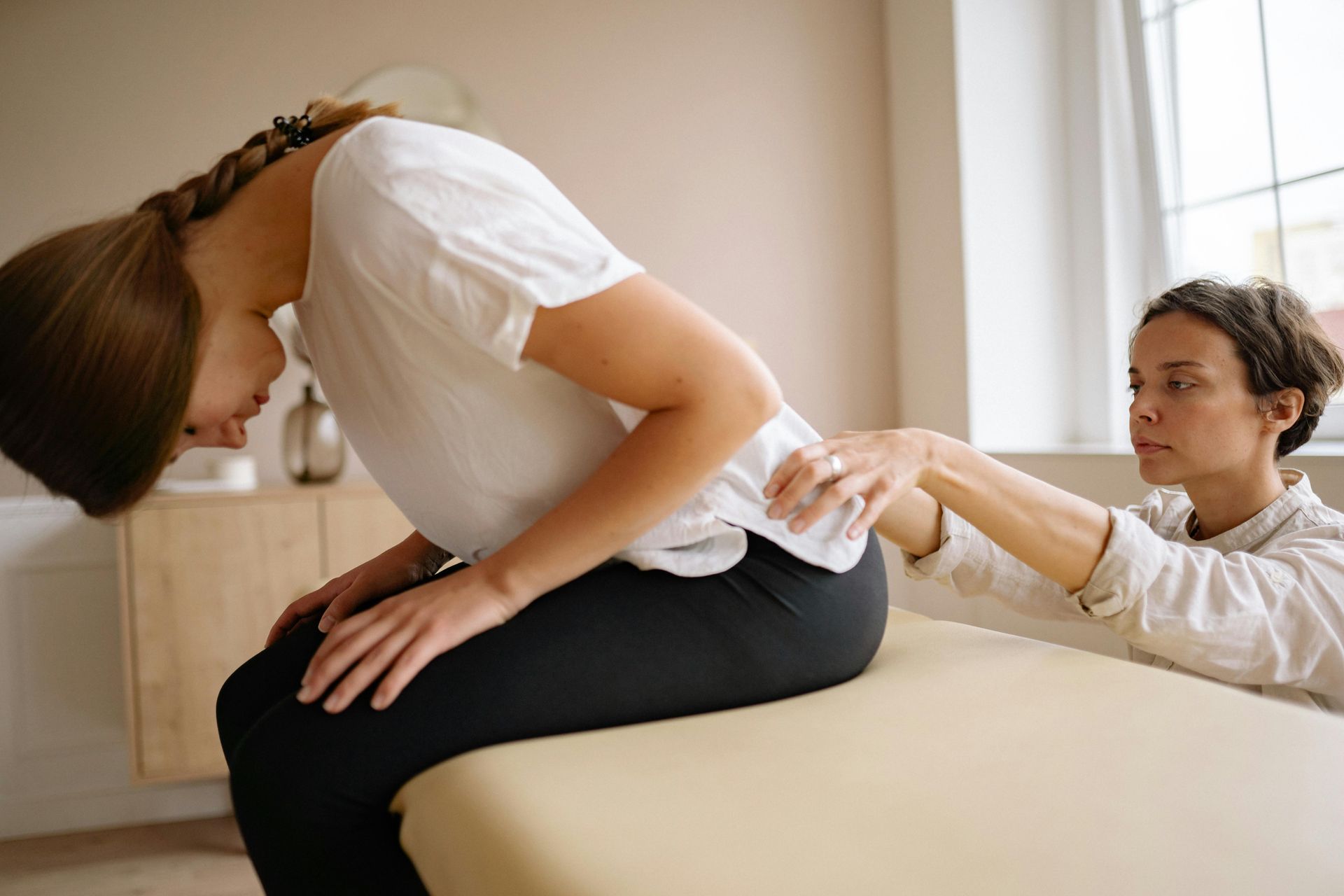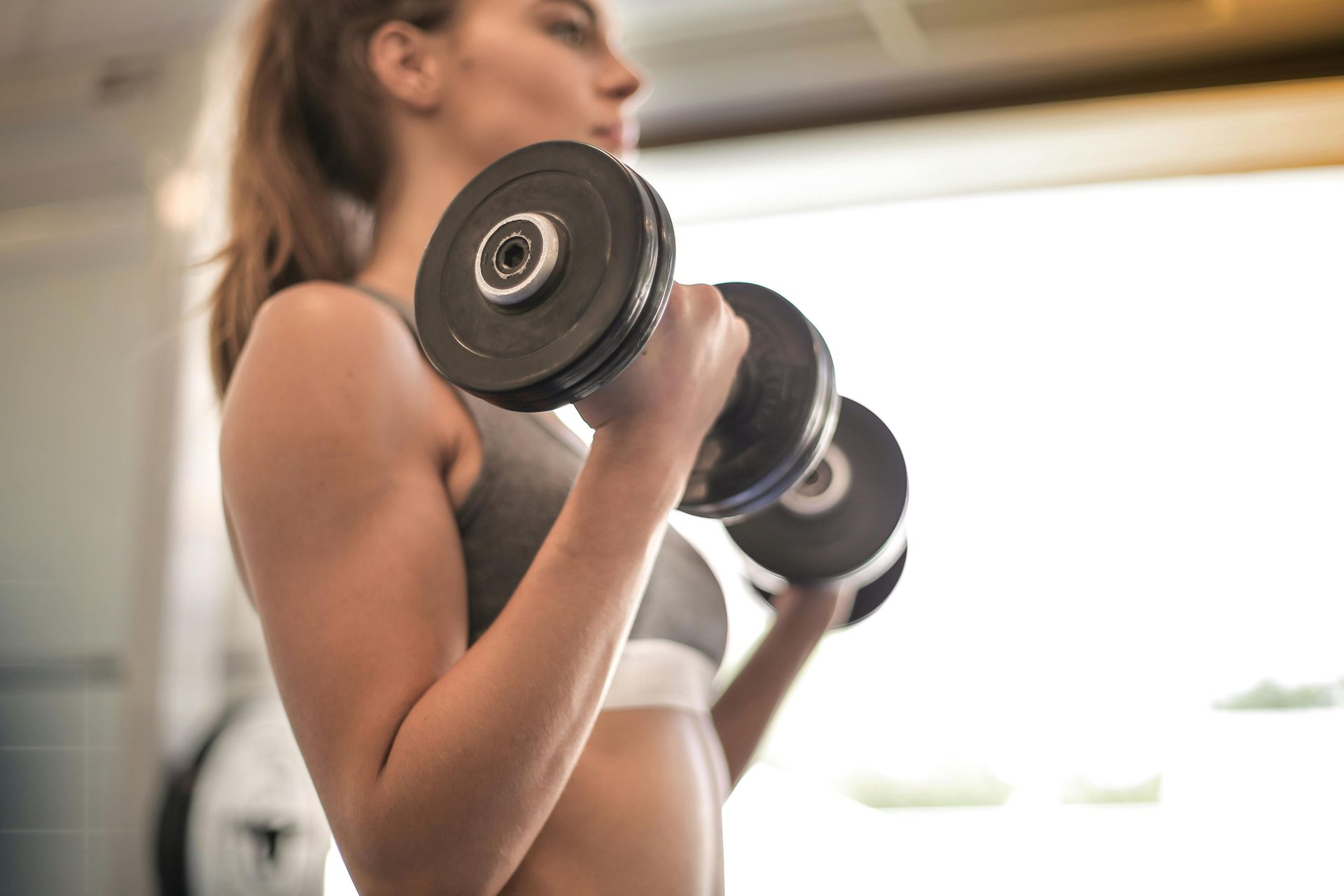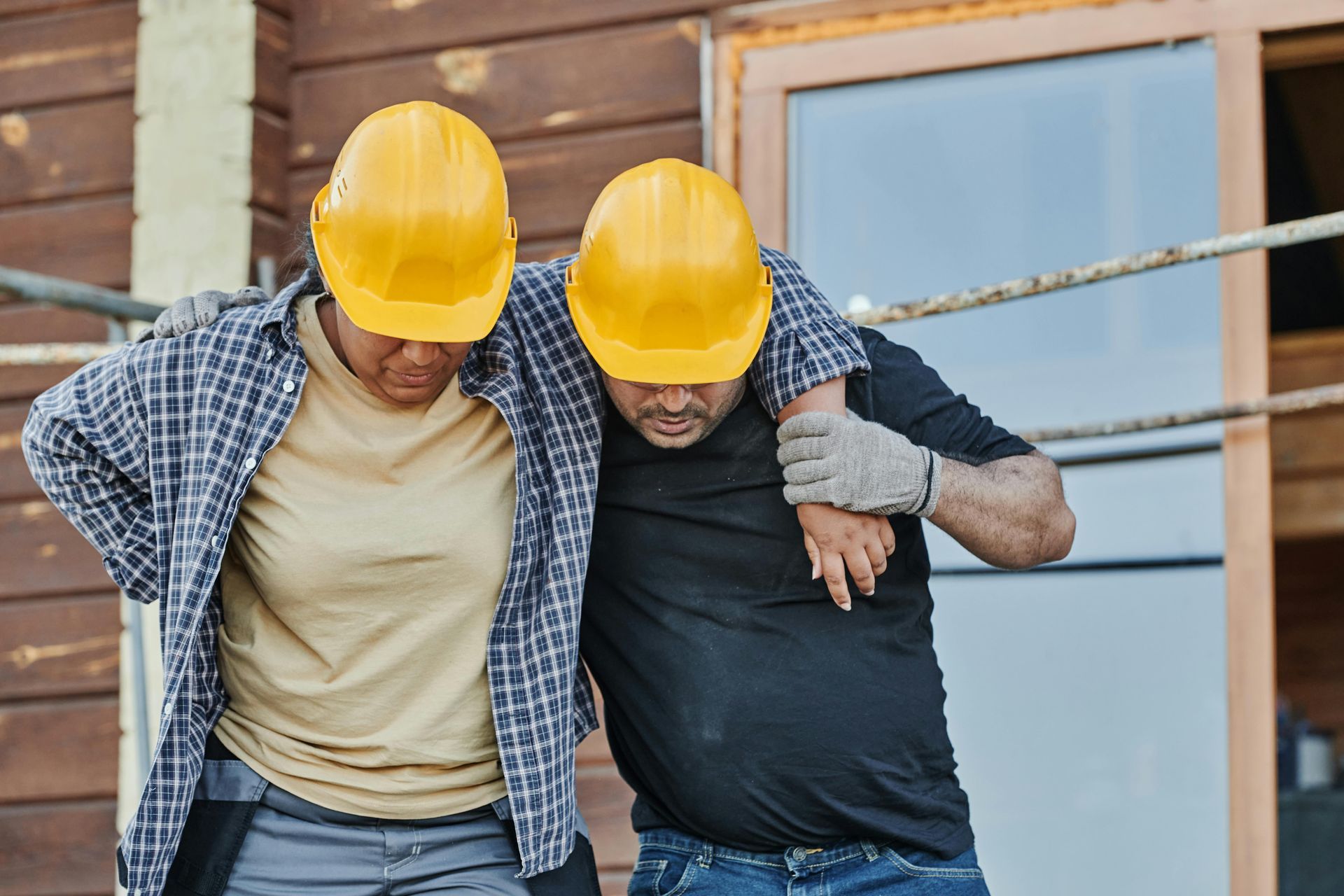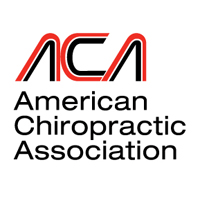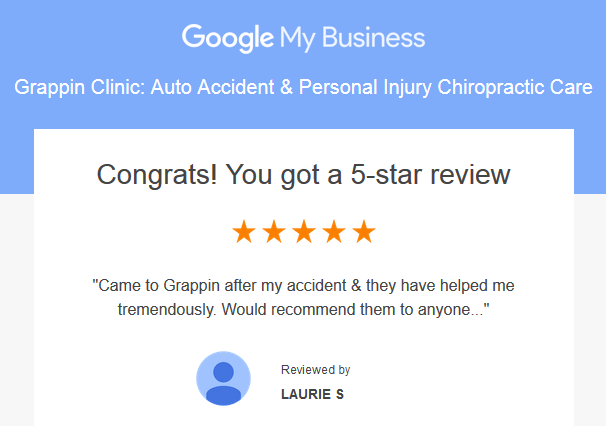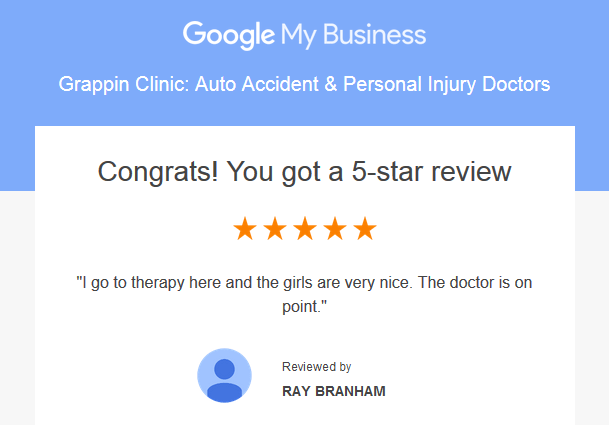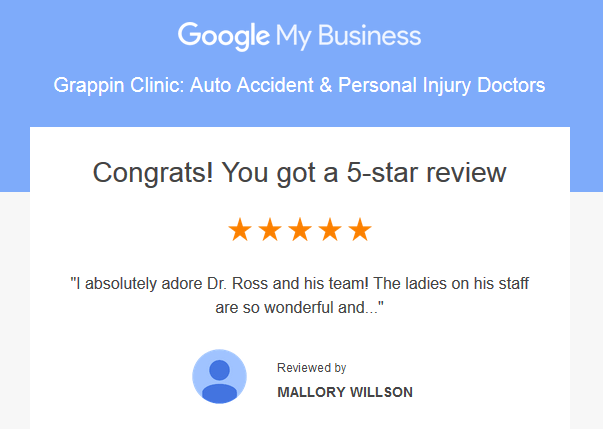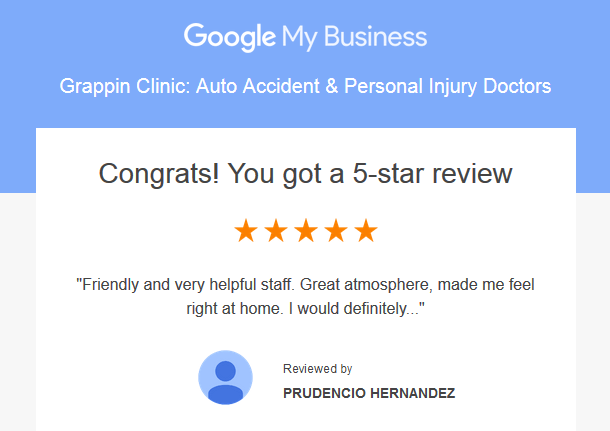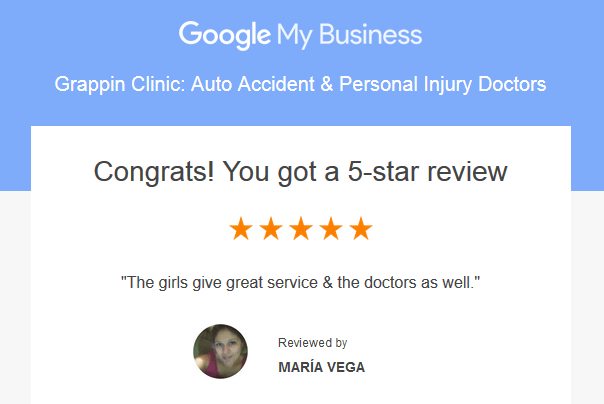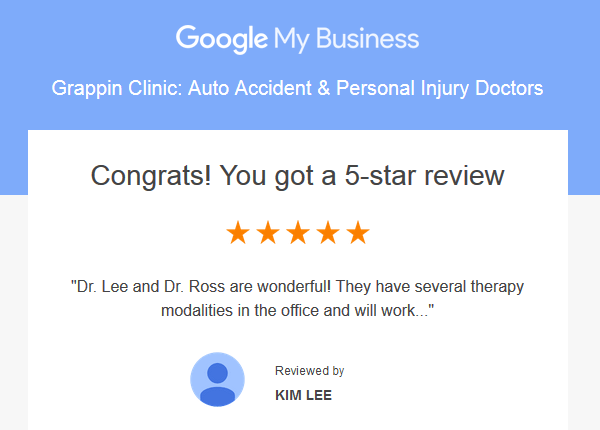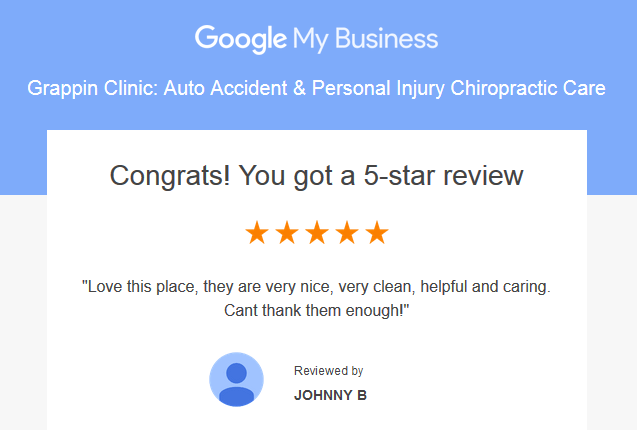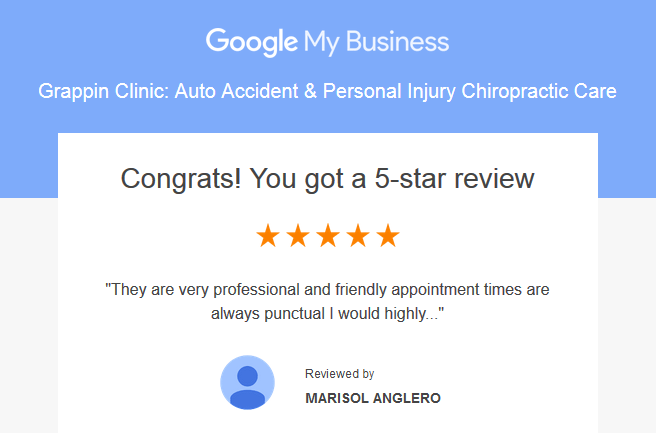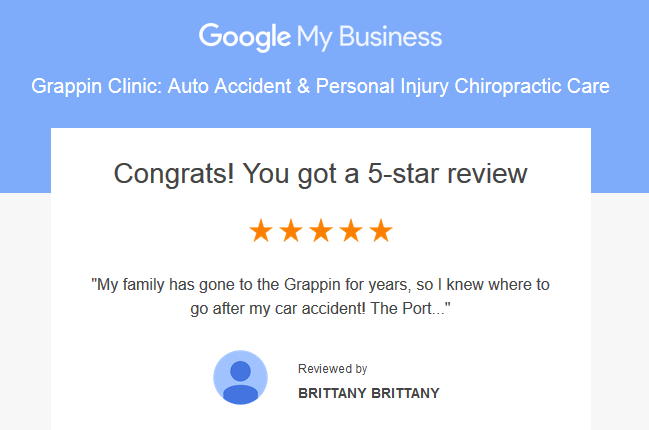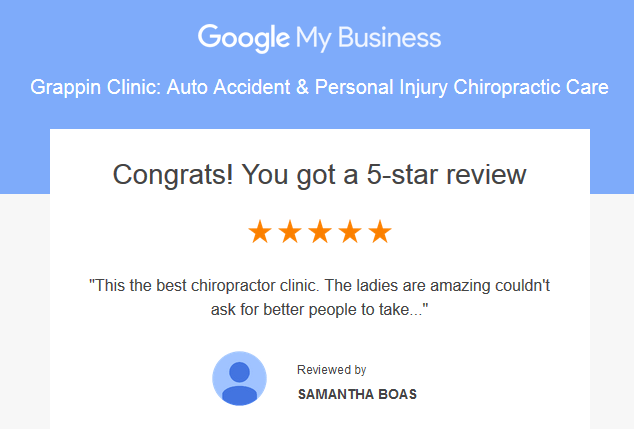McGill Rehabilitation: Lifting Techniques
- By Sue Traeder
- •
- 18 Oct, 2018
- •
Heavy vs Light Lifting Techniques
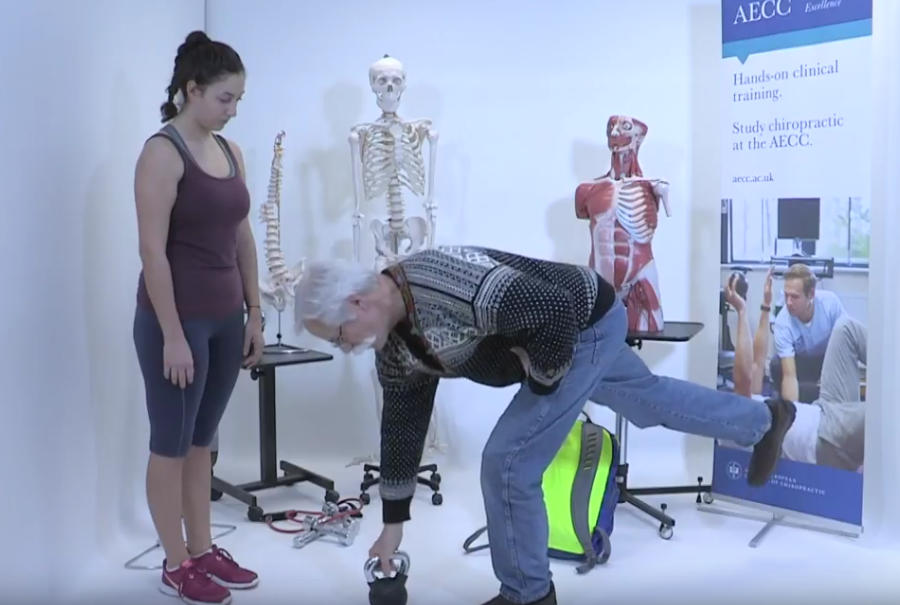
I’m amused quite often when I hear people commenting on the perfect lifts or the perfect way. The answer to the question is this, you’re trying to find a way to lift to minimize a stress concentration. A stress concentration somewhere in the body will eventually tip the balance between building the body and tearing it down.
So with the assistance of Adela I will demonstrate two variations but, it depends on the object that we’re lifting. So let’s lift the backpack off the floor in this first example. Go ahead and pick that off the floor good now put it down.
So if that was 50 kilo and you wouldn’t do it, you would create a stress point and eventually your body is going to give it a little bit so just a little bit of coaching of technique now to build more load-bearing resilience in your body and we’re going to take out the stress points.
The first thing I need you to do is take a little bit of air. Now, put your hands on your thighs, spread your knees apart a little bit. Now at this point you’re holding your hands like that underneath. I want you to come around and grab your knees hard and start to carry weight down your arms.
Now bring your knees over the balls of your feet because you’re going to lift with your legs and your knees won’t allow you. They’re not strong enough to pick up 50 kilos which it’s not the weight that will hurt you it’s your technique.
So now bring your knees over, get the curve of your back a little bit neutral so we’re not creating any stress. I want you to push down and carry more weight down your arms. Perfect, use your pecs and lats to stiffen into that no stress.
Now I want you to grab the handles, actually don’t lift, push it away, but pull your hips through. Pull your hips through and lower in the same way, lower it down so your knees are coming forward and slide your hips back. Just keep that curve neutral lower it down and pull your hips through. You’re very stiff but after a while you will just be able to pull that through and flow with it.
So there is a kettlebell on the floor. I’d like you to lift that. Okay you’re gonna find that you won’t be able to get that low.
So, a light object off the floor is an entirely different constraint system on your body. So it’s called the golfer’s lift. I’m going to preserve exactly the same minimal stress patterns in my back. Plant the foot, grip the ground hard, push my heel back, over I go. Pull that through and I didn’t bend my back and do any stress at all.
So a light object repeatedly off the floor, you could use the golfer’s lift. Just get a little bit of stiffness, baby step closer and I don’t want you to do it close behind you. Now push your feet baby step closer and hinge around your hip and push one heel back. You can even hold on to a table and push one leg back. You choose which one for now and we’ll see what’s more comfortable later.
You did use a little bit of knee bending there and if you had wonderfully strong knees that would be fine. If you had a knee replacement I would have to change and coach that just a little bit to migrate the stress out of your knee, away from your knee, and we’ll put it in your hip.
So we just we play with motions, postures, and loads steering those forces through your body using different techniques and we will always engineer a way to avoid stress in this sensitized part, whether it be your back, your pelvis, your neck, your knee, your ankle, etc.
So, again the summary of all of this is there’s no such thing as the best lifting technique. We will match it to the pain triggers of the person and get them back to enjoying life once again.

